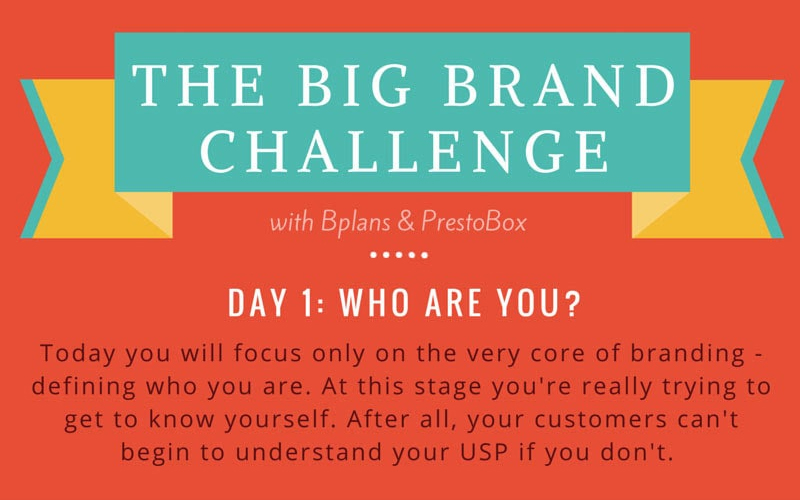There are numerous facets to the design and development of a website. From the gathering of initial information, to the creation of your website, the selection of a web hosting provider and finally to furnish and your web site with current information and content on a constant basis. All of these processes are key, but the one that is often overlooked is the web hosting server. If you are a novice when it comes to web hosting, you can click here to find out more about unlimited hosting.
1. Implementation specifications
The intention is the central element in a website creation project. Whether it’s a showcase site, an e-commerce website, a mobile website, a dynamic site, or overhauled website; it benefits the framework to achieve, set deadlines and goals to achieve. It starts with a commercial discussion with the definition and qualification of your products/services. The strategic organizational and technical aspects of the website are followed by: corporate identity, web design, editorial and promotional activities of the future site (Search Engine Optimization, paid research, advertising, email marketing, social media strategy, and web marketing).
2. Digital strategy and web marketing
It is essential to know to whom one speaks! Indeed, although most people would be able to access the website, the definition of marketing offers businesses the opportunity to qualify your audience and adapt your strategy according to the profiles of future customers (buyer personas). It will be essential to reserve a time to identify your target. Qualifying its products/services is also a crucial step. It will offer your business the position to compete, to reveal your advantages and your disadvantages. No market means no clients and no sale. The analysis of your market is a must. You need to find the necessary information, analyze it and utilize it.
3. The objectives of the website
Setting specific goals will help you maintain consistency in your overall communication strategy. You will have to provide answers to questions like: What is the main goal? How do we achieve this? What is the positioning of the site? How do we attract qualified traffic? What images will appear? It is possible that a simple showcase website, even when designed with a content management solution, is not sufficient to produce optimal results. We must therefore think of and write down the expectations that are not traditional. For example, something that you might want to consider is getting the right title tags for your website. It might be a good idea to check out these best practices for title tags, as this is something that most people would probably forget about.
4. Theme of the website
Depending on the products and services offered, you must determine major themes which are found on the website. The organization and prioritization of themes are a way to define a clear editorial line.
5. Keywords by theme
Welcome to pure SEO strategy! The goal of good SEO is a good positioning on search engines. It is vital to take some time to learn how customers could arrive on your website. It will be essential to think about the semantic aspect for each page in order to deduce possible keywords that can be entered by visitors.
6. Writing content
The drafting of the text on your website is the most neglected. Yet editorial content is essential to gain a good visibility on search engines. Indeed, it is on this basis that Google’s crawlers will rely on to establish the coherence of one page compared to another.
7. Graphic design: Web design and web usability
It is essential to communicate the positioning of your company’s website. Often it is vital to remember the basics of your communication strategy. This is the time to express their ideas without a filter. You must succeed in determining what you wants and do not want. A creative brief should be developed for the web designer ergonomists to translate graphically.
8. SEO of website
The technical aspects of site optimization involve writing pages, content architecture (semantic tags) tags invisible to Google, and internal mesh (create contextual links between pages of your site). These steps are critical for a good SEO. Once that occurs, you should seek to popularize your website in the top results of indexing tools from several key expressions previously accepted. If this is something that interests you then you could check out something like https://www.whitehat-seo.co.uk/seo-services to give you a better idea of what SEO can do for you.
9. Monitoring and support of project online
Your website should have regular monitoring to determine the effectiveness of the strategies you employ. Temporal trends or the actions of web marketing should be measured by site traffic and clicks.





